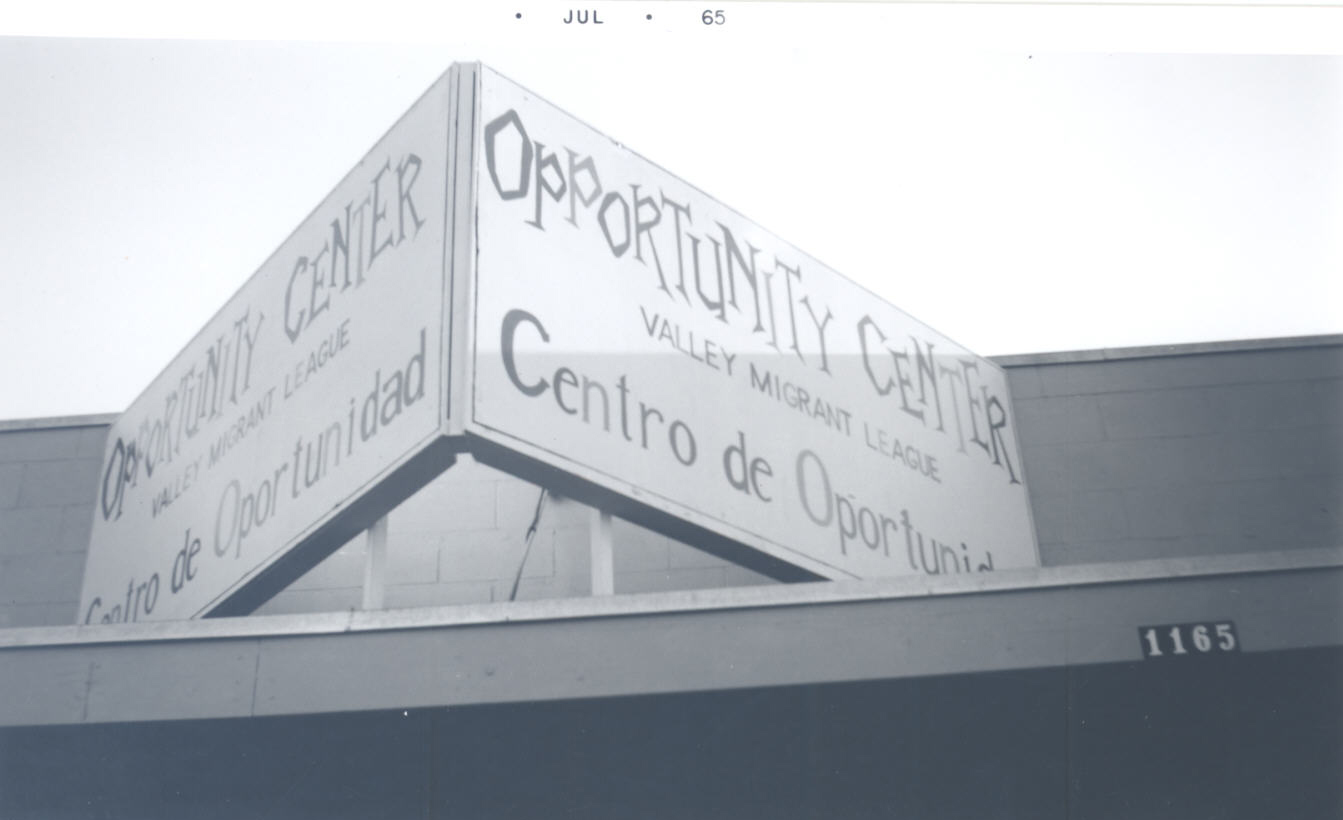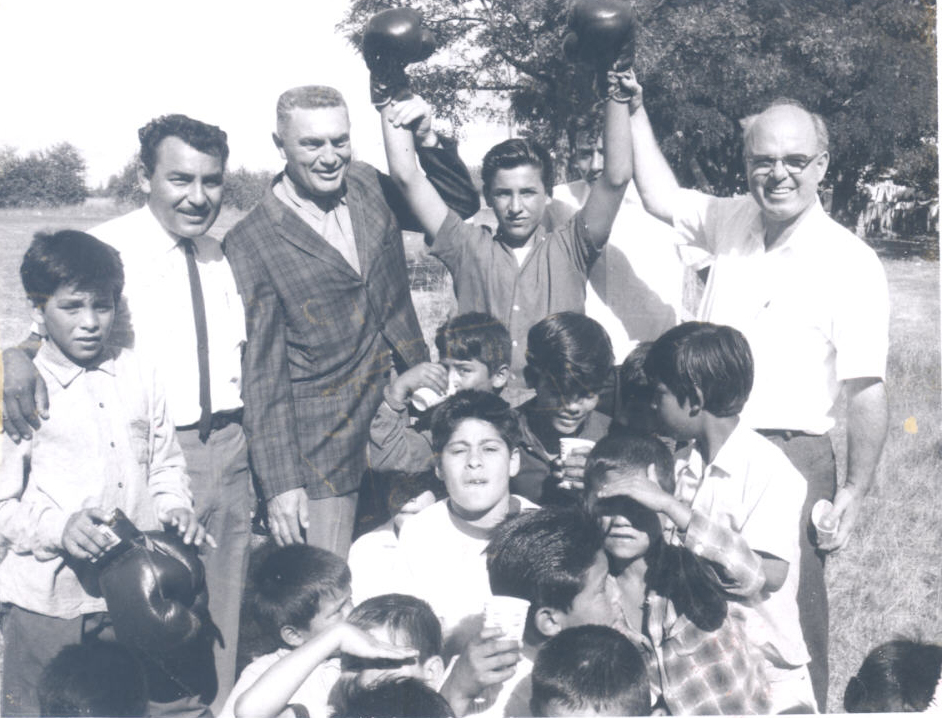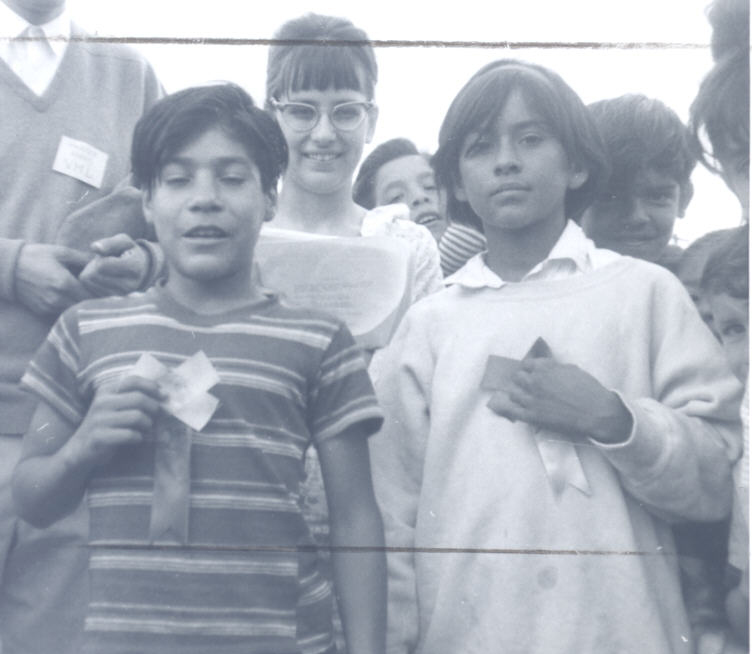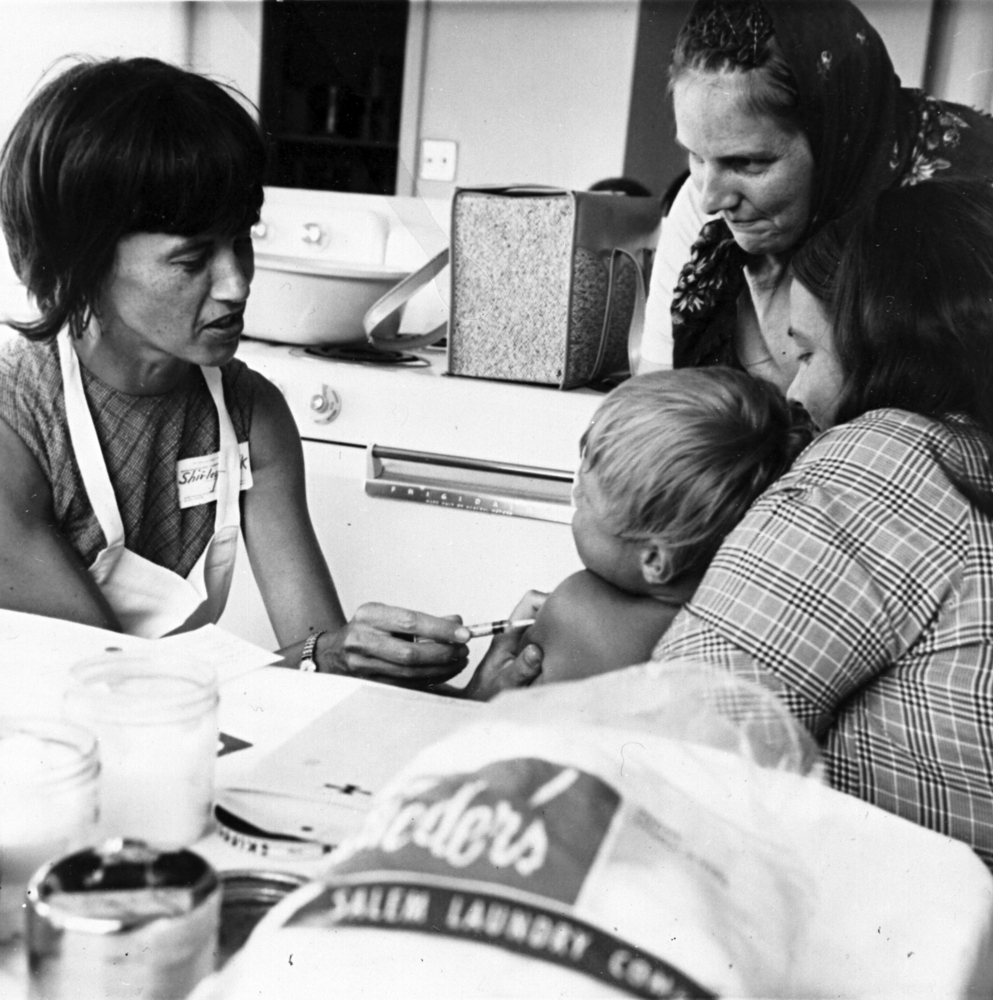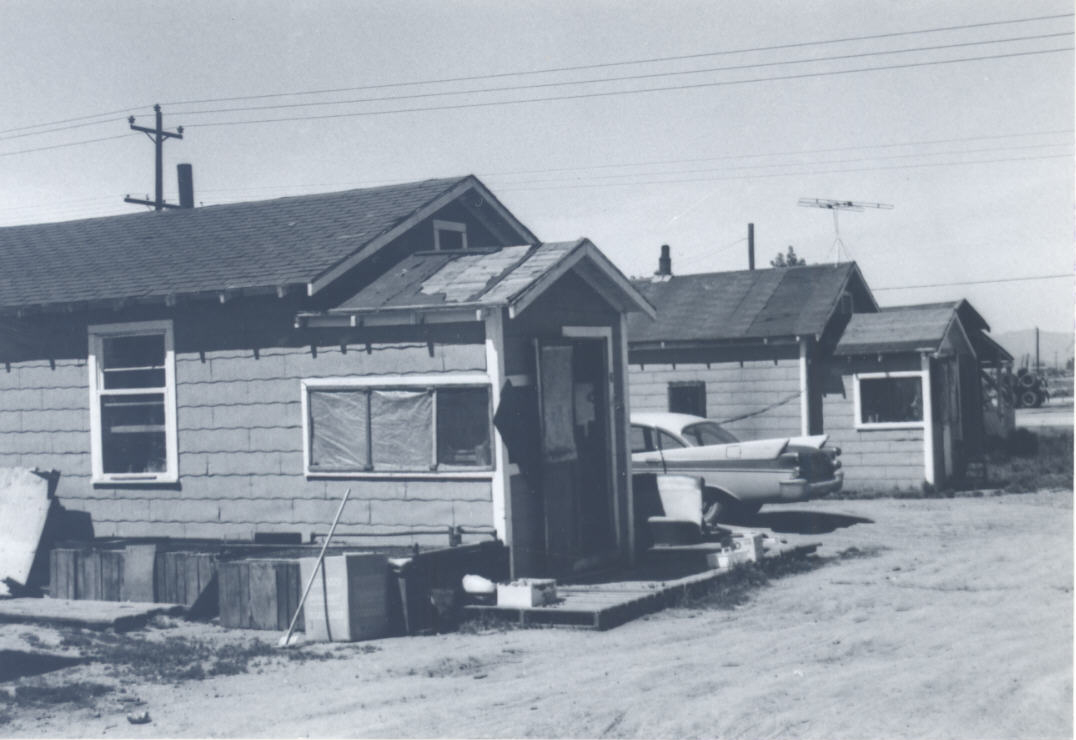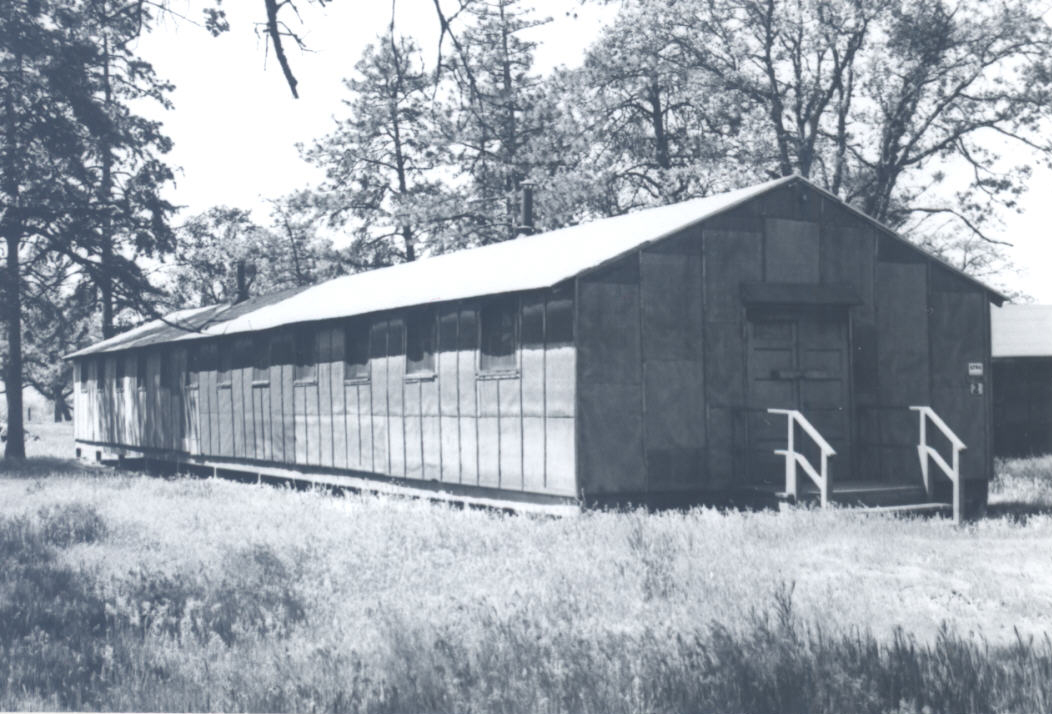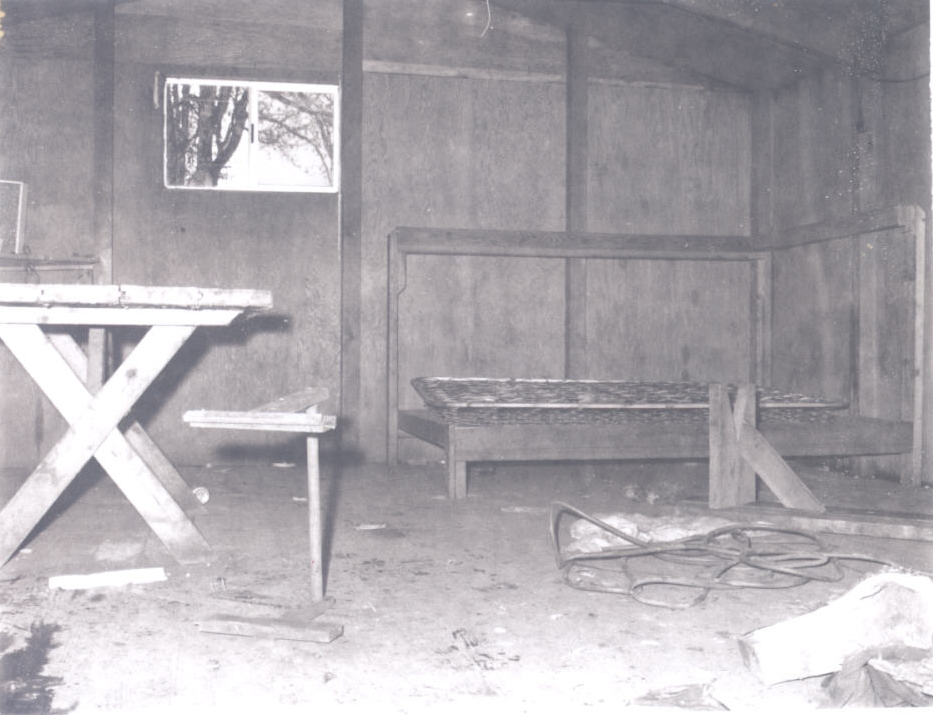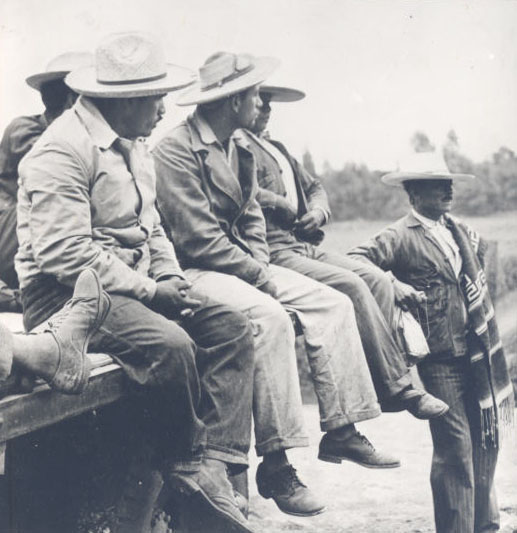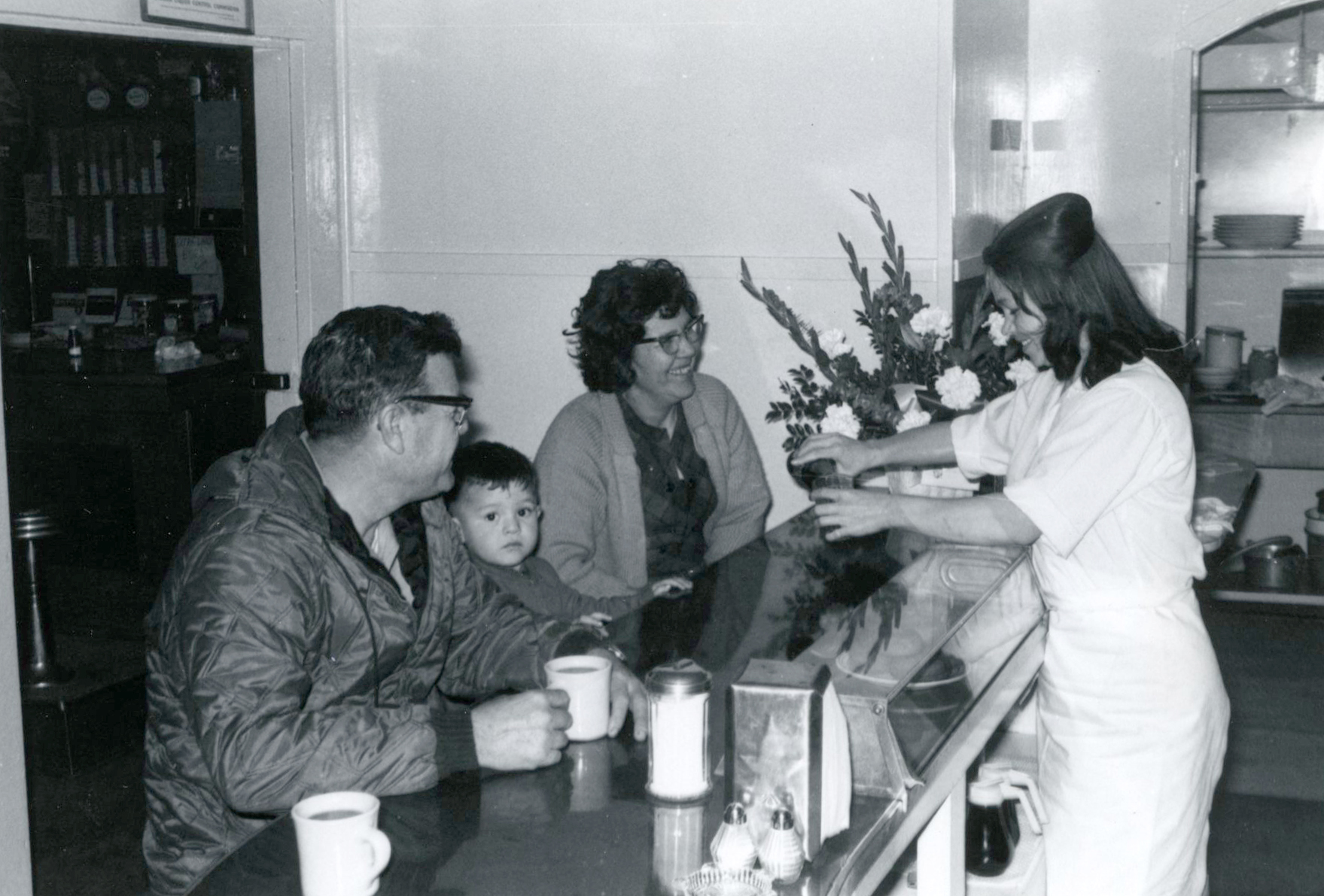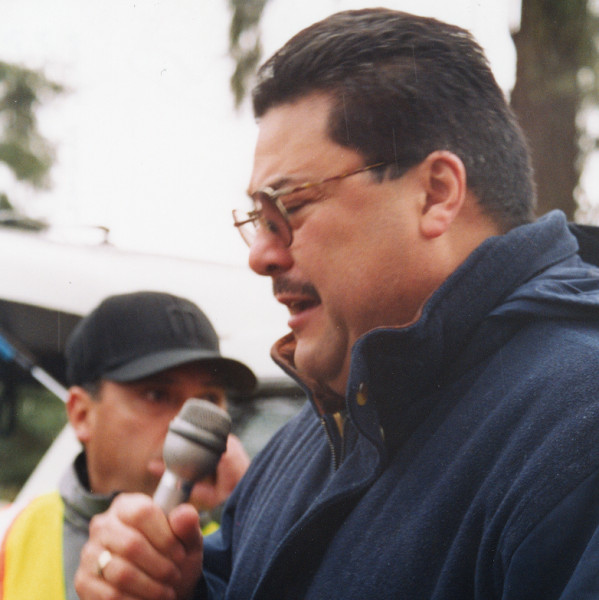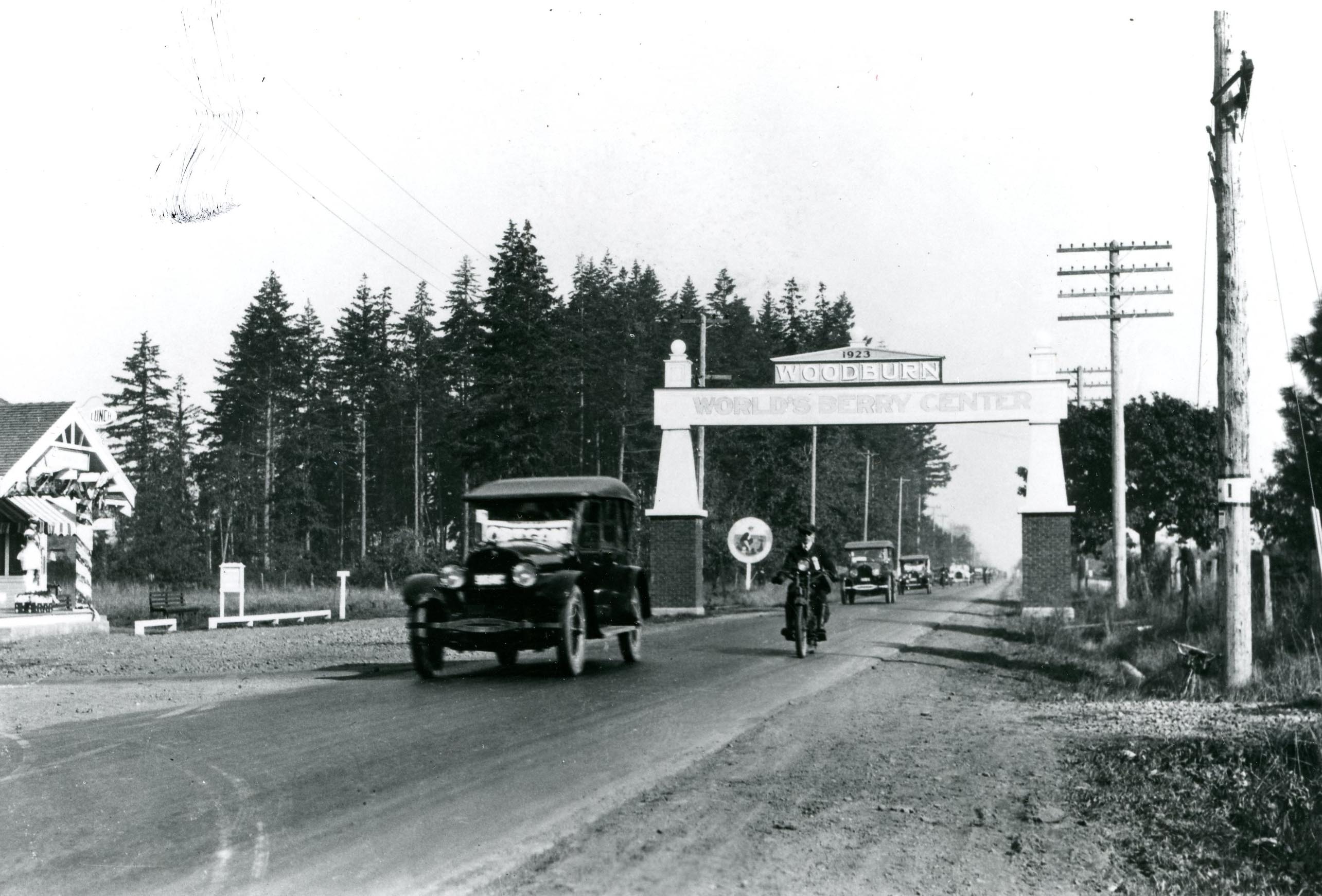From 1965 until 1974, the Valley Migrant League (VML) helped Oregon migrant farm workers and former farm workers attain a better life through education and social services. As part of the federal War on Poverty, the VML was a private, nonprofit organization that was instrumental in establishing a strong Mexican American community and Chicano leadership in the Willamette Valley.
The VML’s successes were hard won. In the course of its existence, VML struggled with charges of mismanagement, changing federal priorities and funding, and a difficult transition from having mostly non-Latino leaders to being run entirely by former migrant workers.
In 1963, President Lyndon B. Johnson launched a War on Poverty, and Congress soon passed the Economic Opportunity Act. The act included a Community Action Program, which granted federal funds to local private or public anti-poverty agencies. An important mandate of the program was to empower impoverished communities by giving them decision-making power over the use of the allotted money. The Economic Opportunity Act also established Volunteers in Service to America (VISTA), a domestic Peace Corps program, to place workers in anti-poverty programs around the country. Eighty VISTA volunteers were posted in Oregon to help start the VML.
By the late 1950s, Oregonians became more aware of the problems facing migrant workers. The farm workers, most of whom were Mexican Americans, followed a seasonal cycle of planting and harvesting, moving through Oregon, Washington, and Idaho before returning to Texas in the winter. In 1965, the VML reported that 17,000 migrant farm laborers came to the Willamette Valley for seasonal work, and that 5,000 had permanently settled in the area. The workers were poor and were unable to get adequate education, largely because of transiency. While working in Oregon, many lived in farm-owned camps that were overcrowded and unsanitary.
Church groups that were concerned about migrant workers and progressive leaders who were well connected to Oregon’s state government came together to form the VML. The coalition invited farm owners, farm workers, and representatives from the Willamette Valley to join the board.
Before long, the VML obtained federal grants and established a headquarters in Woodburn. They created “opportunity centers” in Dayton, Hillsboro, Forest Grove, Sandy, West Stayton, Independence, and Salem. Eventually, the VML established operations in the Hood River Valley and eastern Oregon. They also published a newspaper and created programs for day care, adult education, and job training.
The VML served a mostly Mexican population, but anyone who worked in seasonal agriculture was eligible. That included Russian immigrants, known as Old Believers, and a small number of African Americans.
The VML faced some opposition from local communities and farmers who did not want outside interference with farm labor. There were also internal conflicts with some migrants who believed the VML didn't go far enough in advocating social change. As a result, in 1966 migrant workers in Hillsboro formed Volunteers in Vanguard Action (VIVA), an organization intended to be independent of governmental control and proactive in getting workers into settled jobs and homes. All of the Hillsboro VISTA volunteers left the VML to join the new organization.
In 1967, the Oregon Journal published a four-part series charging the VML with wasting federal money by overspending and supporting a top-heavy bureaucracy. Some farm workers and former farm workers agreed and chafed against their backseat role in the organization.
That same year, the VML hired John Little as the new executive director. Because Little spoke Spanish and had experience working in Ecuador in community development, he was able to move the organization toward a Latino leadership. Two years later, the VML board changed its bylaws to give more representation to farm workers, and in 1970 Frank Martinez became the organization’s first Latino executive director. The board changed its bylaws again in 1970 so that all members were farm workers and former farm workers.
At the same time, diminishing federal funding and shifting priorities forced the VLM to close its day care centers. Still, the organization managed to offer some new programs, including leadership training, small business loans, and “self-help housing,” which helped former migrant workers build their own homes. The VML also established the Centro de Salubridad health clinic in Woodburn.
In 1974, the VML reorganized under a new name, Oregon Rural Opportunities. ORO focused on becoming a statewide organization and opened offices in Ontario, Hermiston, Hood River, and Talent. Gilbert Bazan, who had been director of the VML, stayed on as the new agency’s leader. ORO faced difficulty obtaining grants and had continual problems with the leadership of its health care program, losing several directors in a few years. In 1979, the U.S. Department of Labor bypassed ORO and granted funds to a California-based company, which led to the resignation of Bazan and the closure of the ORO.
While the VML and ORO were not able to sustain their programs long term, their effect on many former migrant workers was profound. The VML helped organize the Mexican American community, and many who were helped by the organization went on to work with migrants and in education.
-
![The Valley Migrant League's Opportunity Center. From the VML Collection.]()
The Valley Migrant League's Opportunity Center.
The Valley Migrant League's Opportunity Center. From the VML Collection. Courtesy Oreg. Hist. Soc. Research Library
-
![(Top, L-R) Ramiro Olivarez, Jose Rios (program aide for VML), Harold Lewis (Dem. Rep. for Yamhill Co.), Wayne Blake (winner), Rev. Holmes (Linfield College), unknown children.]()
Valley Migrant League recreational event..
(Top, L-R) Ramiro Olivarez, Jose Rios (program aide for VML), Harold Lewis (Dem. Rep. for Yamhill Co.), Wayne Blake (winner), Rev. Holmes (Linfield College), unknown children. Courtesy Oreg. Hist. Soc. Research Library
-
![The Valley Migrant League held recreational events for children of Migrant Workers. Part of the VML Collection.]()
Children of migrant workers win a sack race..
The Valley Migrant League held recreational events for children of Migrant Workers. Part of the VML Collection. Courtesy Oreg. Hist. Soc. Research Library
-
![]()
A child is immunized at a Valley Migrant League health clinic..
Oregon Historical Society Research Library bb004074
-
![Migrant worker housing in the Willamette Valley. Part of the Valley Migrant League Collection.]()
Migrant worker housing in the Willamette Valley.
Migrant worker housing in the Willamette Valley. Part of the Valley Migrant League Collection. Courtesy Oreg. Hist. Soc. Research Library
-
![Efforts by labor activists helped build improved housing in the Willamette Valley. Part of the Valley Migrant League Collection.]()
Improved housing for migrant workers.
Efforts by labor activists helped build improved housing in the Willamette Valley. Part of the Valley Migrant League Collection. Courtesy Oreg. Hist. Soc. Research Library
-
![Interior of migrant worker housing. Activists documented the housing in order to advocate for improvements.]()
Interior of migrant worker housing.
Interior of migrant worker housing. Activists documented the housing in order to advocate for improvements. Courtesy Oreg. Hist. Soc. Research Library
-
![A migrant worker camp residence. Part of the Valley Migrant League Collection.]()
A migrant worker camp residence.
A migrant worker camp residence. Part of the Valley Migrant League Collection. Courtesy Oreg. Hist. Soc. Research Library
-
![Unknown members of a migrant family. Part of the Valley Migrant League Collection.]()
Unknown members of a migrant family.
Unknown members of a migrant family. Part of the Valley Migrant League Collection. Courtesy Oreg. Hist. Soc. Research Library
-
![Labor activist worked to improve the living conditions of migrant workers after documenting housing like this. Part of the Valley Migrant League Collection.]()
Interior of migrant worker housing.
Labor activist worked to improve the living conditions of migrant workers after documenting housing like this. Part of the Valley Migrant League Collection. Courtesy Oreg. Hist. Soc. Research Library
Related Entries
-
![Bracero Program]()
Bracero Program
The Mexican Farm Labor Program, also known as the Bracero Program, was …
-
![Centro Cultural de Washington County]()
Centro Cultural de Washington County
Centro Cultural de Washington County is an educational and cultural cen…
-
![Latinos in Oregon]()
Latinos in Oregon
The arrival of Latinos in Oregon began with Spanish explorations in the…
-
![Pineros y Campesinos Unidos del Noroeste (PCUN)]()
Pineros y Campesinos Unidos del Noroeste (PCUN)
Founded in April 1985, the Pineros y Campesinos Unidos del Noroeste (th…
-
![Virginia Garcia Memorial Health Center]()
Virginia Garcia Memorial Health Center
The Virginia Garcia Memorial Health Center was established in 1975 to p…
-
![Woodburn]()
Woodburn
Woodburn has always had a dynamic identity. Located in French Prairie i…
Related Historical Records
Map This on the Oregon History WayFinder
The Oregon History Wayfinder is an interactive map that identifies significant places, people, and events in Oregon history.
Further Reading
Cray, Laura. "Provenance as Collections Care: Rebuilding Context in the Valley Migrant League Photographs." Oregon Historical Quarterly, Vol.124, no.2 (Summer 2023): 184-197.
Gamboa, Erasmo. “El Movimeinto: Oregon’s Mexican-American Civil Rights Movement." In Nosotros: The Hispanic People of Oregon. Edited by Erasmo Gamboa and Carolyn M. Buan. Portland: Oregon Council for the Humanities, 1995.
Historic Oregon Newspapers. Opportunity news.
Oregon Historical Society Research Library Digital Collections. Valley Migrant League photographs.
Schulz, Blaine. “Domestic Peace Corps to Help Farm Migrants in Oregon." Oregonian, March 12, 1965.
Sifuentez, Mario Jimenez with Laura Cray. "The Valley Migrant League: Rereading the Archive and Retelling Its Story." Oregon Historical Quarterly, Vol.124, no.2 (Summer 2023): 158-183.

